Wednesday, May 31, 2017
University of Southern California
Los Angeles
Margaret Vinci (Caltech), Kathleen Springer (USGS), and Connie Lackey (Providence), all Co-Chairs of the ECA SoCal Coordinating Committee, kicked off the Workshop with a welcome to attendees. The attendees then each introduced themselves stating their name, organization and interest in attending.
John Bwarie (Dr. Lucy Jones Center for Science and Society) described the current partnership began last year with the Southern California Association of Government (SCAG), whose focus is on metropolitan areas especially on transportation topics using growth models. SCAG serves 191 cities in 6 counties such as LA, Imperial, Ventura, and San Bernardino. Dr. Lucy Jones Center for Science and Society (DLJC) has a mission to connect science with decision-makers. DLJC’s mission, combined with SCAG’s interest to improve their cities’ resilience, has become the Earthquake Resilience Initiative.
The initiative, built on Dr. Jones’ Resilience by Design work completed in Los Angeles. By building on those lessons and experiences, the Earthquake Resilience Initiative brings together smaller cities with equal risk. The approach was to hold Seminars for elected officials followed by Workshops that guided a team (an elected official, city administrator/emergency manager, and building official) from the cities/counties through a Workbook to assist them in developing strategies, using the best information, to prioritize then institute necessary changes. West Hollywood and Santa Monica are already tackling vulnerable building, Anaheim to Signal Hill, etc. are building staff and support in order to institute changes. DLJC wants them to fully understand the risk and the impacts, so they know how to protect their communities.
Another element of the initiative is to develop a Cajon Pass Lifelines Mitigation Action Plan. DLJC has brought together stakeholders to discuss their lifelines and the interconnections between them. As an example, the discussion uncovered that some of lifelines’ management wasn’t aware of the Shakeout Scenario. This highlighted a need to reeducate stakeholders on the risk and regional implications of lifeline interruptions as it underscores the need for mitigation, and can take pressure off of first responders to they can take care of critical needs in their cities.
As SoCal Associates are all part of cities. Check with DLJC to see if your city is taking advantage of these resources. DLJC is also leading a statewide partnership on legislative and ordinance best practices, and partnering with other institutions on additional projects.
One question raised sparked a discussion on the 10-year anniversary since the ShakeOut Scenario was release and the 10th ShakeOut. How do we tell the story of the 10th anniversary of ShakeOut? Lucy was the lead author of the scenario and there are many new players who are part of the work being done. How do we leverage all of what each of us are doing? It was suggested that we need some case studies and documentation on best practices to show what all has been accomplished over past 10 years. A meeting will be convened to start focusing on the 10-year ShakeOut anniversary.
Margaret Vinci gave an overview of all the valuable Earthquake Information Tools available. View her PPT here for details, but here are some highlights. We’ve had 14 earthquakes magnitude 5.8 or greater. The Baja of Mexico earthquake caused over $100k in damages in the US alone, but damage/losses would have been greater to a larger population & infrastructure. There are 300 known faults in SoCal, 12 of them are in Los Angeles. We all need to shift how we, and everyone, thinks about earthquakes – Intensity more important to understand than magnitude. Some of the tools are: ShakeMap, CISN display, ShakeCast, Pager, ENS.
When an earthquake occurs, what do you need to know: Magnitude, location, depth, intensity where is shook. Where do you get that info: Caltech has created tools to be used post earthquake that can help people make quick response decisions. They check accuracy of stations every day. Information travels at 185,000 miles per second so they can get info faster than an earthquake that travels 3 miles per second. Four Caltech servers and redundancy (phone lines, internet, satellite). Data comes into Caltech where information is then shared back out via tools. Southern California Seismic Networks (www.SCSN.org) is where you can get the tools.
Margaret then gave an Earthquake Early Warning (EEW) Update. Information can be shared at speed of light, a few seconds before the S wave (damaging wave hits). The warning can help to trigger automated responses (e.g. slow trains, turn off equipment). Education is a key component to the success of this program. Interested in being an EEW pilot? Contact Margaret. Potential pilots Selected by Caltech are LA Mayor’s office, JPL, USC, Northridge hospital. As far as mass notification technologies, we don’t have a system fast enough to support notification of everyone at the same time. How to address is the focus of education and outreach committee.
Question – Are there apps for these tools? No, but they are ‘mobile enabled’. It was also mentioned that the Red Cross has an app that does connect to some of the tools.
Dr. James Dolan (USC) gave a thorough presentation of LA’s Urban Earthquake Hazards with great slides (see PPT for details). While most talks focus on the San Andreas fault, for good reason, we should look at all the other faults too and consider them as the “other big ones”. Dr. Dolan gave attendees a Geology 101 overview. The San Andreas is a North/South fault, except for in SoCal where it bends, and faults break at their weakest point. It stores and releases energy at 2 inches per year, which is shortening commutes by 5mm per year.
The 400lb gorilla is the Sierra Madre and Cucamonga faults where they come to the surface. There is room to dig big trenches where a colluvium wedge shows a 7+ earthquake in the past 7,000 years. They are extremely rare events (good), but most recent occurred 10K years ago (bad) they are big earthquakes. Raymond fault becomes Hollywood fault, then the Santa Monica fault. When a fault ruptures, it leaves a signature. The Hollywood fault goes through Ozzie & Harriet’s home and most recent event was 8,000 – 9,000 years ago.
What about faults we can’t see? Downtown LA in in blind thrust fault (they don’t come to surface). Everything is built above the Puente Hills fault with several meters of offset, 90% are non-ductile concrete. Northridge earthquake occurred on unknown blind thrust fault that dipped to the South when others dip to North which luckily focused energy away from large populations. Puente Hills Thrust & Compton Thrust both dip NE and right under downtown with the built environment.
How do we study them? How do we figure out slip rate? Sand deposits are the same depth showing that the fold came after it was laid to tell us when the earthquake happened. Puente Hills Thrust is fast moving with 6 earthquakes in past 12,000 years of 7 or higher. That is 20 times less frequent than the San Andreas fault, but if one of these goes is might be LA’s worst case scenario. Why? The proximity to downtown AND it dips to the North which directs energy into downtown and with the LA basin’s accumulation of sand and gravel, ground motion is amplified.
We are living in a quiet period – which is storing up energy – and will get a 7-7.5 magnitude earthquake as the faults are right under our feet. A dozen faults have potential to go.
Mark Benthien (ECA Executive Director and Director of Communication, Education, and Outreach for the Southern California Earthquake Center (SCEC)), provided the ECA Statewide Activities and Resources Update, (view PPT) with registration. The ShakeOut Day of Action is October 19, 2017 (although you can participate any day throughout the year).
Margaret Vinci made SoCal Coordinating Committee announcements welcoming new additions to the Coordinating Committee.
Kathleen Springer gave an update on the ECA SoCal 2017 Mini Award winners, recognizing some of the winners in attendance. Many of the Mini Awards are for kits, so ECA is creating a “base” kit to get better pricing. The winners will present their projects at the August Regional Workshop.
Connie Lackey discussed the workshop schedule for the rest of the year. The next one will be in August and the last one for 2017 will be in November. Amy from Tsu Chi said they have a space that would work for November. The hope is that everyone who receives the invite will send it out to their network to encourage others to participate.
ECA SoCal attendees then had a Sharing & Discussion Session where attendees could talk about relevant topics:
- Kate Long shared about funding available from the Hazard Mitigation Grant Program (HMGP) through California Governor’s Office of Emergency Services (CalOES). These mitigation grants are for eligible entities, such as government. Eligible activities are physical mitigation projects, such as strengthening, and mitigation planning, training, and education. Examples for projects could be to fund a Shake Trailer or non-structural portable demonstration displays. HMGP requires a 25% local match and notice of interest (NOI) due by June 15.
- Question – is EEW eligible?
- Not sure yet
- Talk to Kate if interested or if you have questions
- Jason Ballman
- Heads Participation Bureau
- Gets people involved in ShakeOut and Tsunami week, helps get them engaged
- They meet every other month or so
- He needs help to get the word out, so reach out to Jason if interested
- Question – Does it have to be a drill
- No, but can be a good starting point
- For Tsunami Week – you can attend a lecture
For the afternoon session, April Kelcy, Chair of the ECA Speakers Bureau Chair, led a training that helps prepare how to handle the different personalities you may encounter and how to keep on message. “Earthquake Science and Audience Personalities: How Do We Best Bridge the Gaps?” was described as:
While there may be common characteristics of a given audience, the individuals in that audience will have differing learning styles. Many of them probably come into the room with some preconceived notions, whether true or based on myths. Some will bring with them an emotional context as well, such as well-honed denial, or unrealistic fears. As a result, communicating science is not just about the talking points, it’s about how we connect and clarify messages in a way individuals can really absorb those messages and respond by taking appropriate actions.
In this workshop, you will learn about some of the typical personality types in our audiences, and how to more effectively connect with them by adapting to their distinct learning styles. There will also be lots of interaction as we work together on developing more successful strategies for answering FAQs about earthquake science. Come, learn and participate!
Then we adjourned.
*** ALL: please take a few minutes to complete our ECA SoCal Regional Workshop Survey here (even if you did not attend). We are seeking feedback about how to plan future workshops and your input is needed! ***




